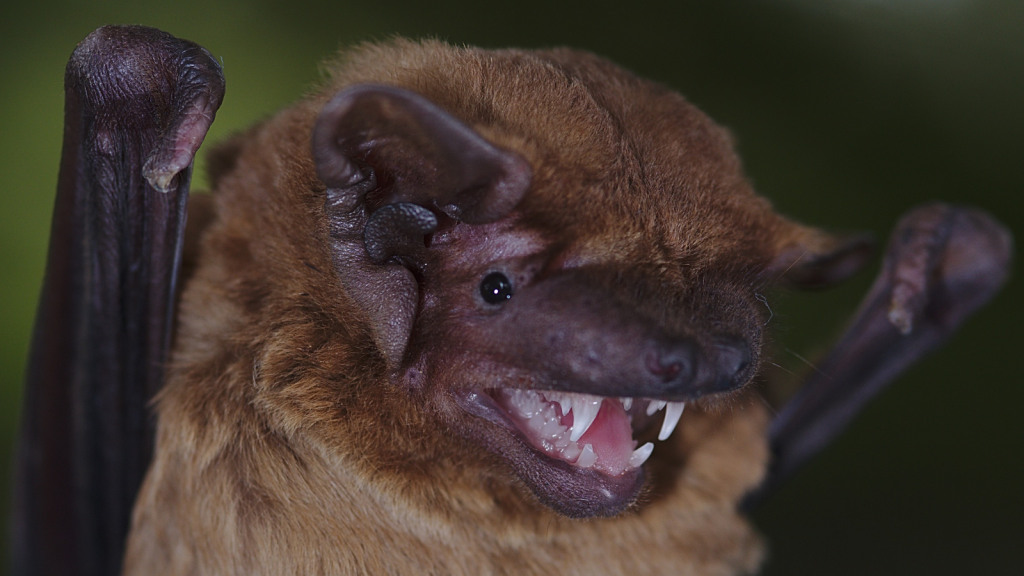Bats are fascinating creatures that are weirdly and unfairly demonized. In Britain, these nocturnal mammals are an essential part of our ecosystem, helping to control insect populations and pollinate plants. Despite their importance, many people are unaware that the UK is home to 18 different species of bats. Each species has its own unique characteristics, from the tiny soprano pipistrelle to the impressive greater mouse-eared bat. Whether you’re a nature enthusiast or simply curious about the wildlife in your backyard, learning about these remarkable flying mammals can open up a whole new world of wonder right on your doorstep.
Common Pipistrelle
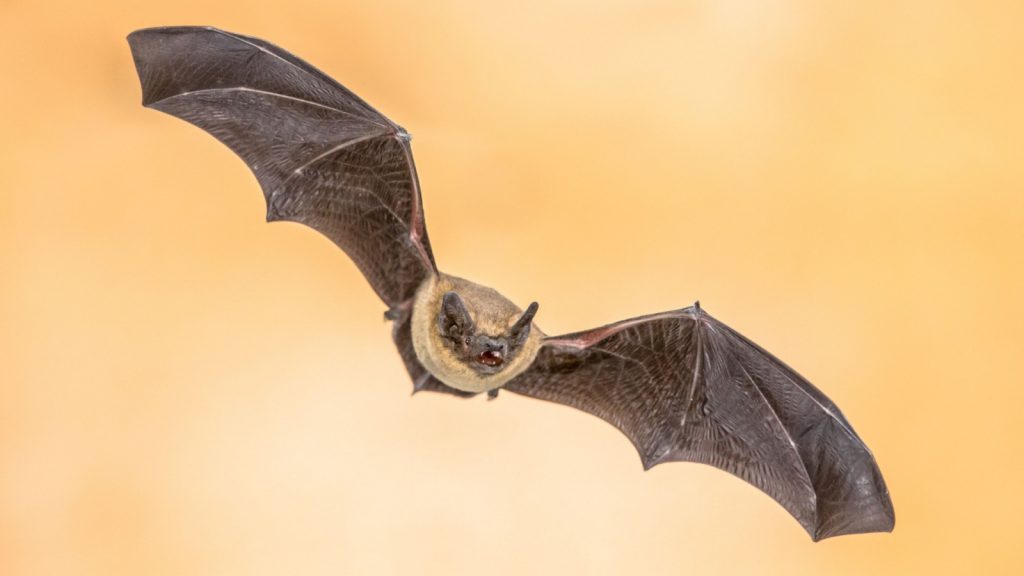
The common pipistrelle is one of Britain’s most widespread bats. It’s a small species, weighing only about 5 grams, roughly the same as a 20p coin. These bats are incredibly agile flyers, able to catch up to 3,000 insects in a single night. You might spot them darting around streetlights or garden ponds at dusk, hunting for midges and mosquitoes. Common pipistrelles can live for up to 16 years in the wild, despite their small size and high metabolism.
Soprano Pipistrelle
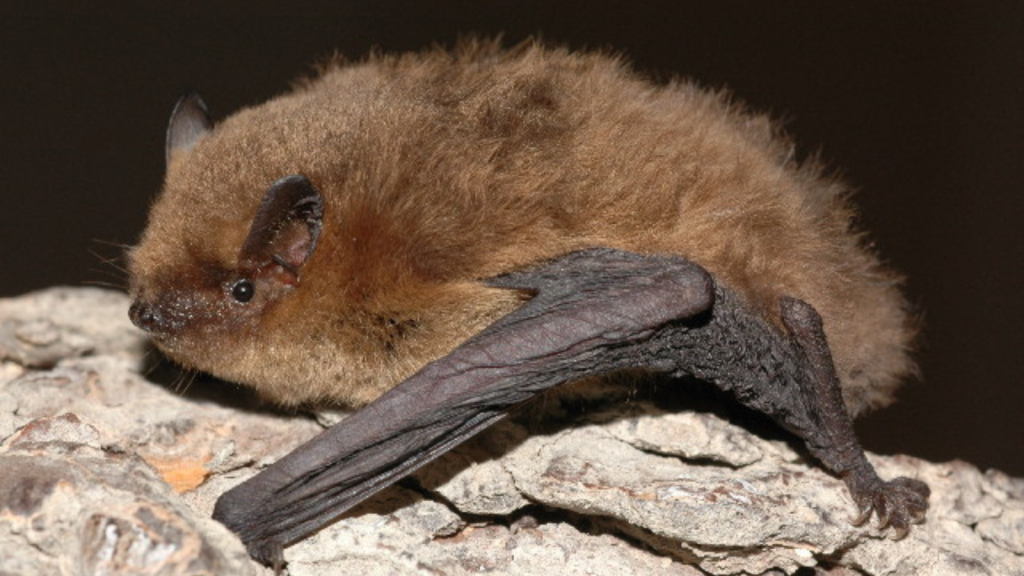
The soprano pipistrelle looks very similar to its common cousin but can be distinguished by its higher-pitched echolocation calls. It’s named for these ultrasonic squeaks, which are at a frequency of 55 kHz, compared to the common pipistrelle’s 45 kHz. These bats often roost in modern buildings and can form large colonies in roof spaces. Soprano pipistrelles tend to emerge slightly earlier in the evening than common pipistrelles, providing a useful identification cue for bat watchers.
Nathusius’ Pipistrelle
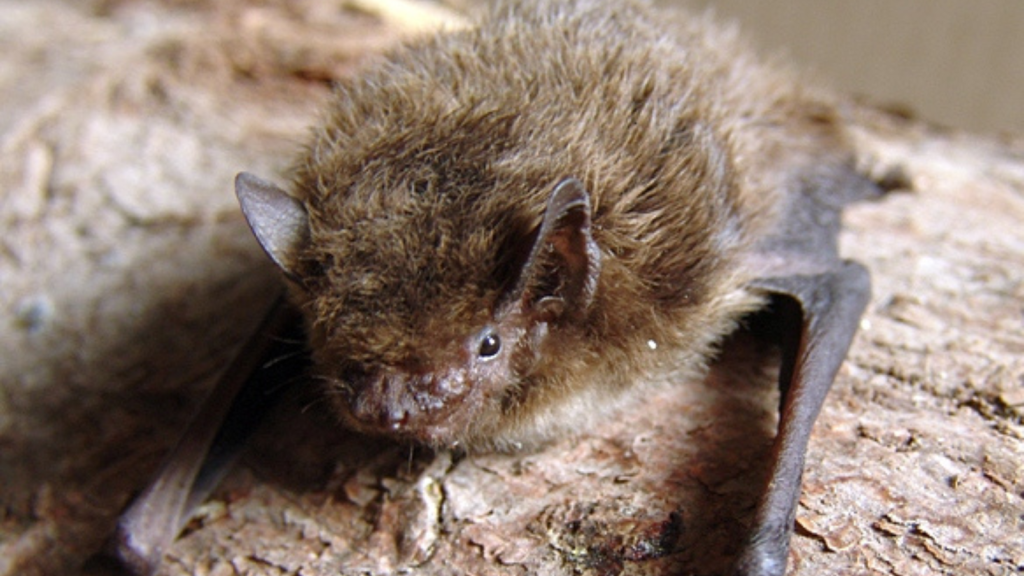
Nathusius’ pipistrelle is slightly larger than the other two pipistrelle species found in Britain. It’s a migratory bat, with some individuals travelling over 1,000 miles between summer and winter roosts. These bats are often found near large water bodies and are excellent flyers, capable of covering long distances over open water. Recent research has shown that Nathusius’ pipistrelles can fly at speeds of up to 25 miles per hour during migration.
Noctule

The noctule is one of Britain’s largest bats, with a wingspan of up to 40 cm. It’s often seen flying high and fast over woodland edges and lakes, emerging early in the evening to feed. Noctules have distinctive golden-brown fur and short, rounded ears, making them relatively easy to identify in flight. These bats are known for their loud, audible echolocation calls, which can sometimes be heard by humans without the aid of a bat detector.
Leisler’s Bat
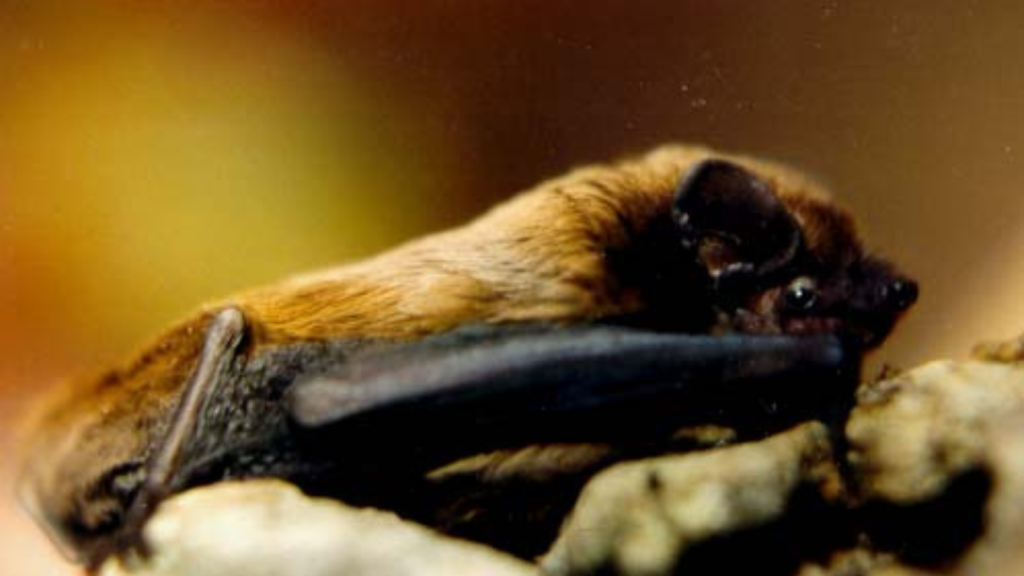
Leisler’s bat, also known as the lesser noctule, is similar in appearance to the noctule but smaller. It has shaggy golden-brown fur and dark skin, wings, and ears. These bats are fast, agile flyers and are often found in woodland areas and parklands. Leisler’s bats are unusual among British bats in that they sometimes form all-male roosts during the summer months.
Serotine
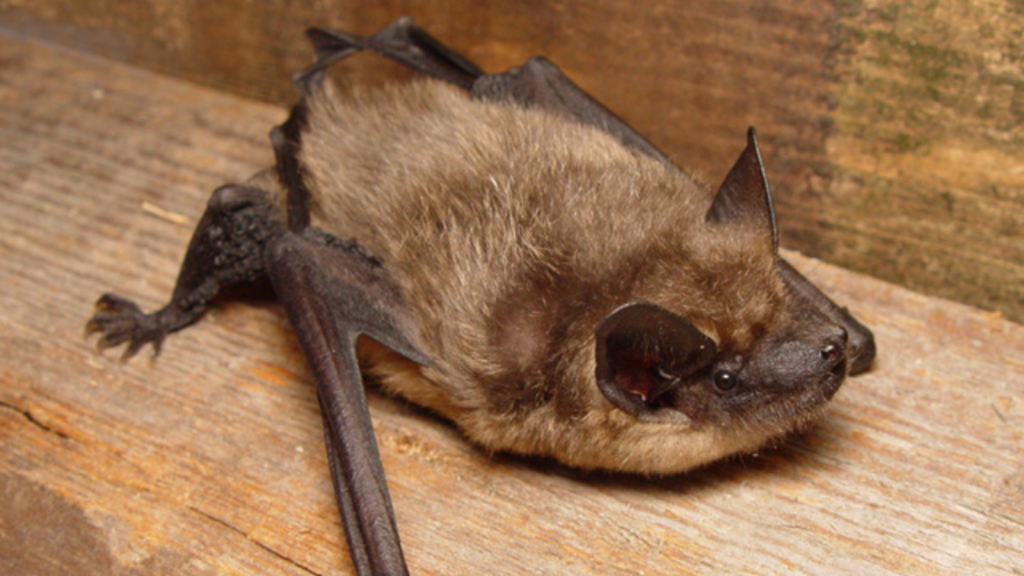
The serotine is one of the largest British bats, with a wingspan of up to 38 cm. It has broad wings and flies with slow, deliberate wingbeats, often at tree-top height. Serotines are particularly fond of large beetles and often hunt around streetlights in suburban areas. These bats are known for their adaptability and can be found roosting in a wide variety of structures, from old buildings to modern houses.
Barbastelle
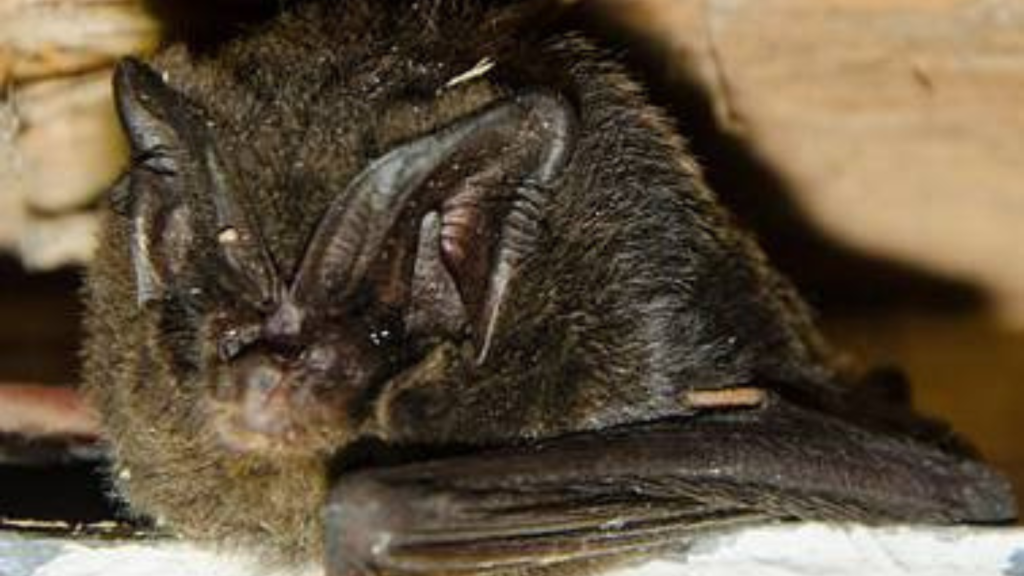
The barbastelle is a medium-sized bat with distinctive pug-like features. It has very dark fur and ears that join together on its forehead. These bats are woodland specialists and are relatively rare in Britain, preferring old growth forests with plenty of dead and dying trees for roosting. Barbastelles have one of the most distinctive echolocation calls of any British bat, consisting of alternating high and low frequency pulses.
Brown Long-Eared Bat

As its name suggests, the brown long-eared bat has enormous ears, nearly as long as its body. These bats are sometimes called ‘whispering bats’ because their echolocation calls are very quiet. They often hunt by listening for the sounds made by moths and other insects, rather than relying solely on echolocation. Brown long-eared bats are known for their habit of bringing large prey items back to their roost to eat, leaving distinctive feeding remains that can help identify their presence.
Grey Long-Eared Bat

The grey long-eared bat is very similar to its brown cousin but is much rarer in Britain. It’s found mainly in southern England and is one of our most endangered bat species. These bats prefer warmer climates and are often found in old buildings and churches near the coast. Grey long-eared bats are particularly vulnerable to light pollution, which can disrupt their feeding and commuting habits.
Natterer’s Bat

Natterer’s bat is a medium-sized species with pale undersides and a distinctive fringe of stiff hairs on its tail membrane. It’s a woodland bat that often hunts close to vegetation, plucking insects directly from leaves and branches. These bats are known for their agile flight and can hover and fly backwards. Natterer’s bats have a unique social structure, with females often returning to the same maternity roosts year after year, forming long-lasting social bonds.
Daubenton’s Bat
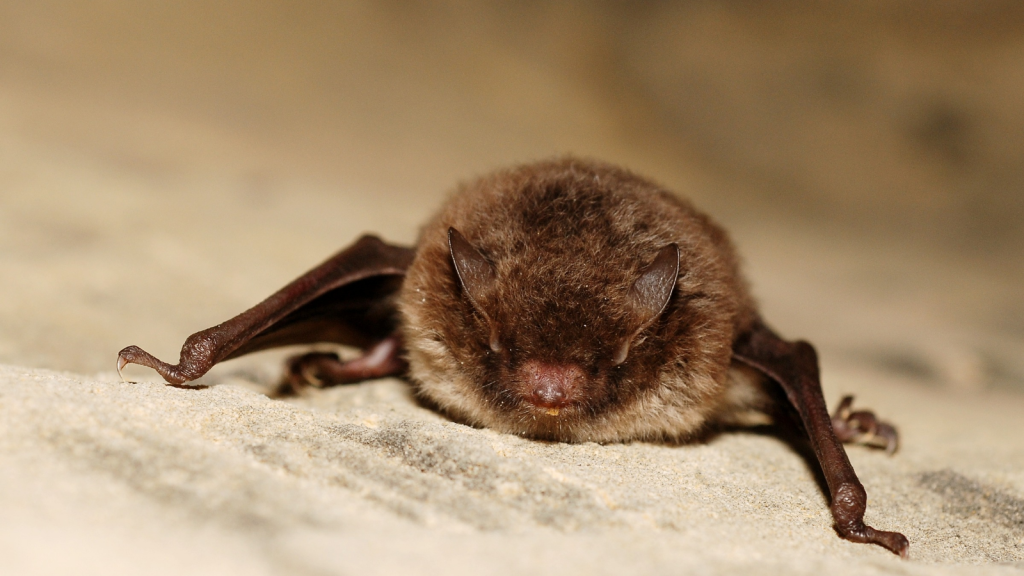
Daubenton’s bat is often called the ‘water bat’ because it specialises in hunting over water. It has large feet which it uses to scoop insects from the water’s surface. These bats have a distinctive low, straight flight over lakes and slow-moving rivers. Daubenton’s bats are excellent swimmers and can use their wings to paddle if they accidentally fall into the water.
Whiskered Bat
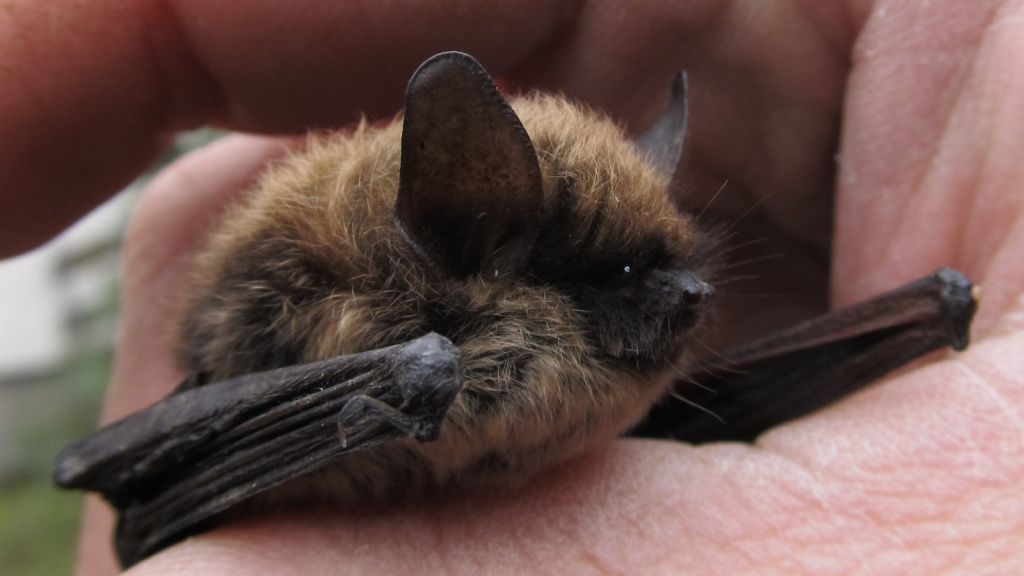
The whiskered bat is a small species with shaggy brown fur and a dark face. It gets its name from the long hairs on its muzzle, which help it detect prey. These bats are often found in woodland edges and parkland, where they hunt for small flies and moths. Whiskered bats are known for their ability to fly and manoeuvre in cluttered environments, thanks to their broad wings and agile flight.
Brandt’s Bat
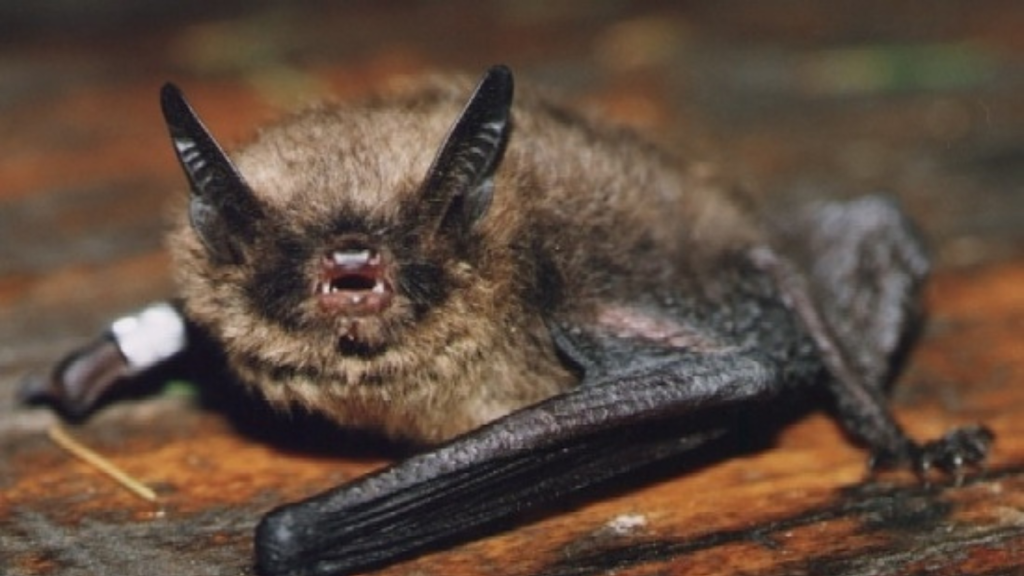
Brandt’s bat is very similar in appearance to the whiskered bat, and the two were only recognised as separate species in 1970. It tends to prefer more wooded habitats than the whiskered bat. These bats are known for their erratic flight pattern, darting and weaving as they hunt for insects. Brandt’s bats are one of the longest-lived small mammals, with some individuals known to reach over 40 years old in the wild.
Alcathoe Bat
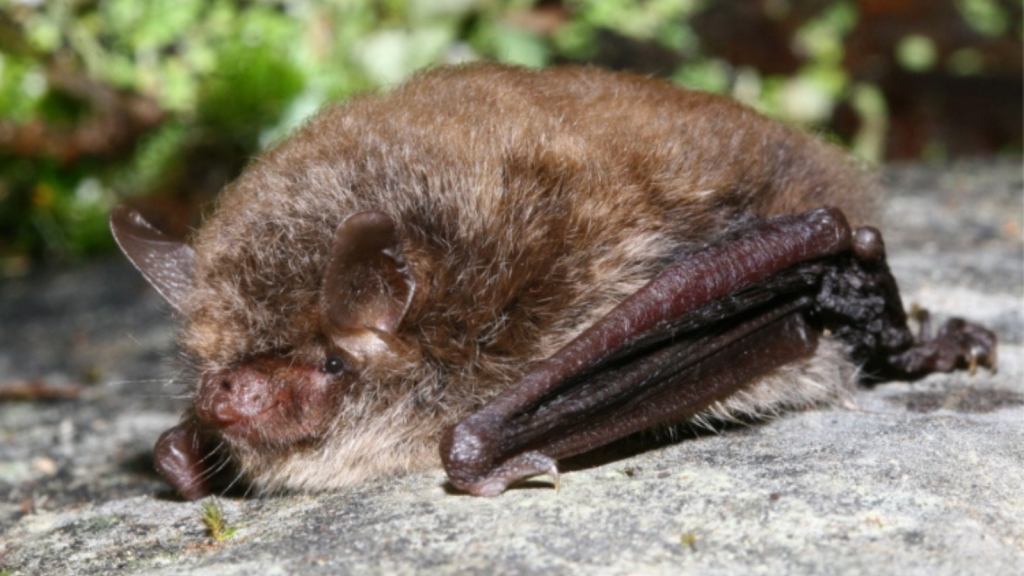
The Alcathoe bat is one of Britain’s rarest and most recently discovered bat species, first confirmed in the UK in 2010. It’s very similar to the whiskered and Brandt’s bats but is slightly smaller. These bats are associated with ancient woodland habitats and are currently only known from a few sites in southern England. The Alcathoe bat’s echolocation calls are at a higher frequency than those of the whiskered and Brandt’s bats, which has helped researchers distinguish between these similar species.
Bechstein’s Bat
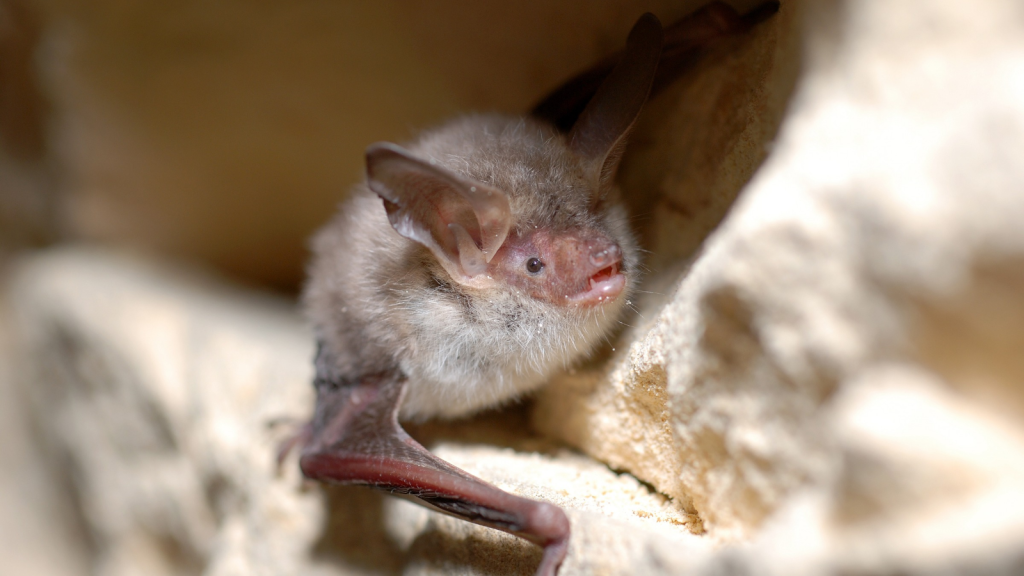
Bechstein’s bat is a rare woodland specialist with very long ears, though not as long as those of the long-eared bats. It’s strongly associated with ancient woodland and is one of Britain’s rarest mammals. These bats are very particular about their roosting sites, often choosing old woodpecker holes or rot holes in trees. Bechstein’s bats are known for their complex social structure, with females forming close-knit maternity colonies that can split into smaller groups and reunite over the course of a summer.
Greater Mouse-Eared Bat
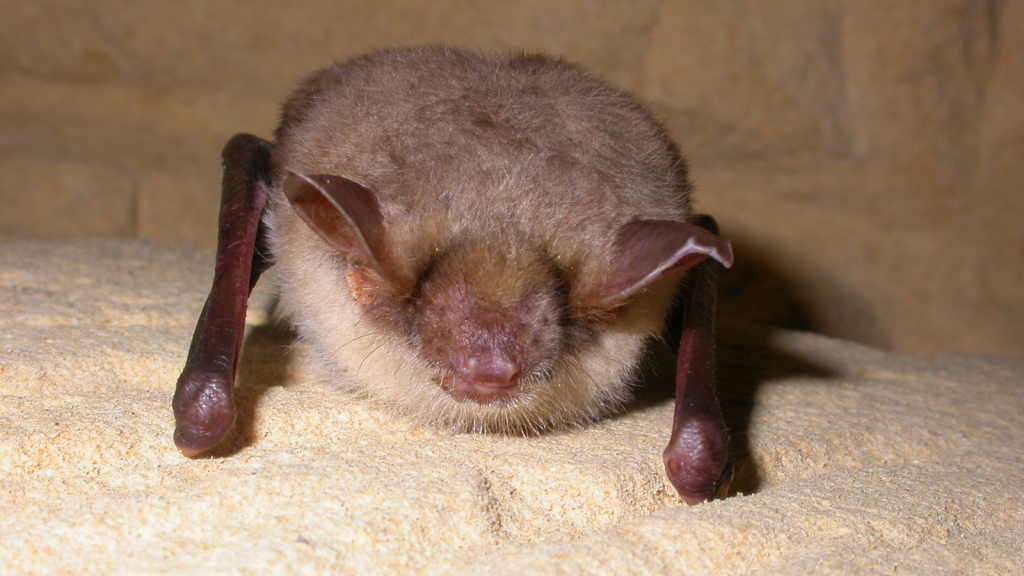
The greater mouse-eared bat is Britain’s largest bat species, with a wingspan of up to 45 cm. It’s extremely rare in the UK, with only one known individual remaining. These bats hunt on the ground as well as in the air, often catching beetles and other large insects from the forest floor. Greater mouse-eared bats have a unique hunting technique called ‘gleaning’, where they use their large ears to listen for prey moving on the ground before swooping down to catch it.
Lesser Mouse-Eared Bat
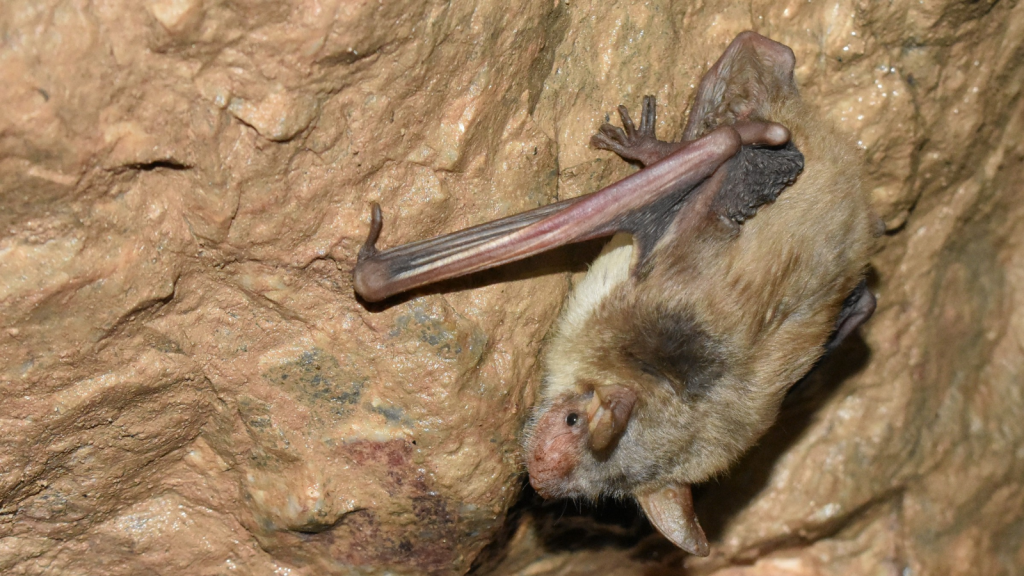
The lesser mouse-eared bat is slightly smaller than its greater cousin and is now considered extinct in Britain. The last known colony disappeared in the 1990s, though individual bats are occasionally found. These bats prefer warmer climates and are more common in southern Europe. Lesser mouse-eared bats are known for their adaptability, roosting in a wide variety of sites including caves, mines, and buildings.
Greater Horseshoe Bat
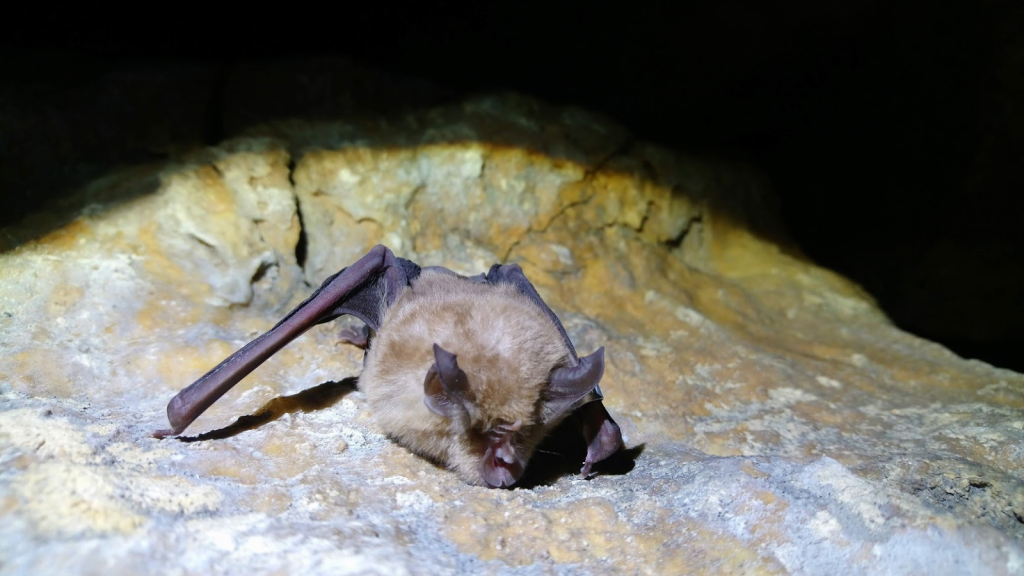
The greater horseshoe bat is one of Britain’s largest and most distinctive bat species. It has a characteristic horseshoe-shaped nose that it uses to focus its echolocation calls. These bats are found mainly in southwest England and south Wales, where they roost in caves, mines, and old buildings. Greater horseshoe bats are particularly sensitive to environmental changes and have suffered significant declines in the past, making them a priority species for conservation efforts in the UK.

